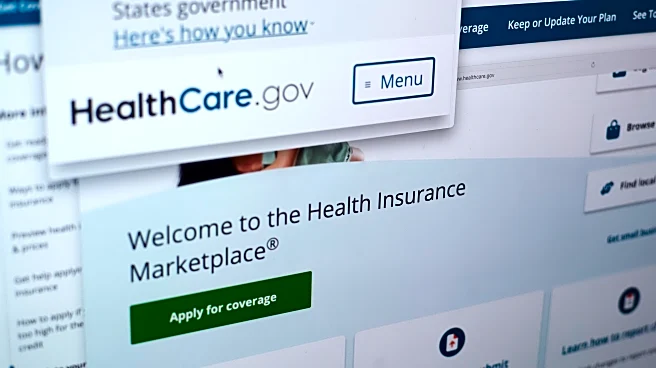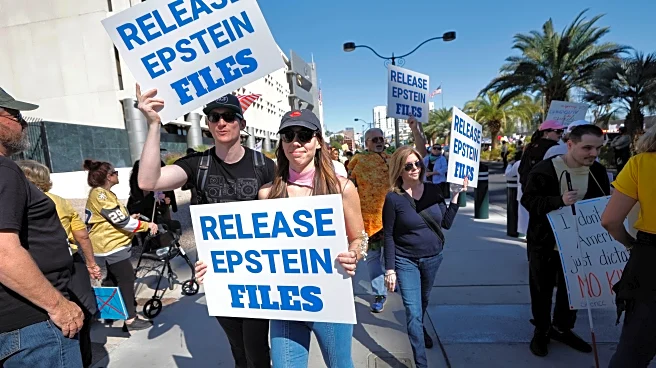What's Happening?
The recent government shutdown has underscored the intended power struggle between the House and Senate, as envisioned by the founders. The shutdown ended with a Senate vote that did not meet the Democrats'
demands for extending Affordable Care Act premium subsidies. This decision has caused friction within the Democratic Party, highlighting the differences in priorities and strategies between the two legislative bodies. The Senate's role in shaping national policy through its procedures, such as the filibuster, reflects the founders' intent to create a system of checks and balances.
Why It's Important?
The shutdown and subsequent resolution illustrate the complexities of legislative processes and the challenges of achieving consensus in a divided government. The power dynamics between the House and Senate can significantly impact policy outcomes and the direction of national governance. Understanding these dynamics is crucial for stakeholders and the public, as they influence the effectiveness and responsiveness of government actions.
What's Next?
The resolution of the shutdown may lead to further negotiations and legislative efforts to address the issues at hand, such as healthcare subsidies. The ongoing debate over the filibuster and its role in legislative decision-making may prompt discussions on potential reforms. The political implications of the shutdown will likely influence upcoming elections and the strategies of both parties.
Beyond the Headlines
The shutdown highlights the importance of the legislative branch's design in ensuring a balance of power and preventing unilateral decision-making. It raises questions about the effectiveness of current procedures and the need for potential reforms to enhance collaboration and accountability.












